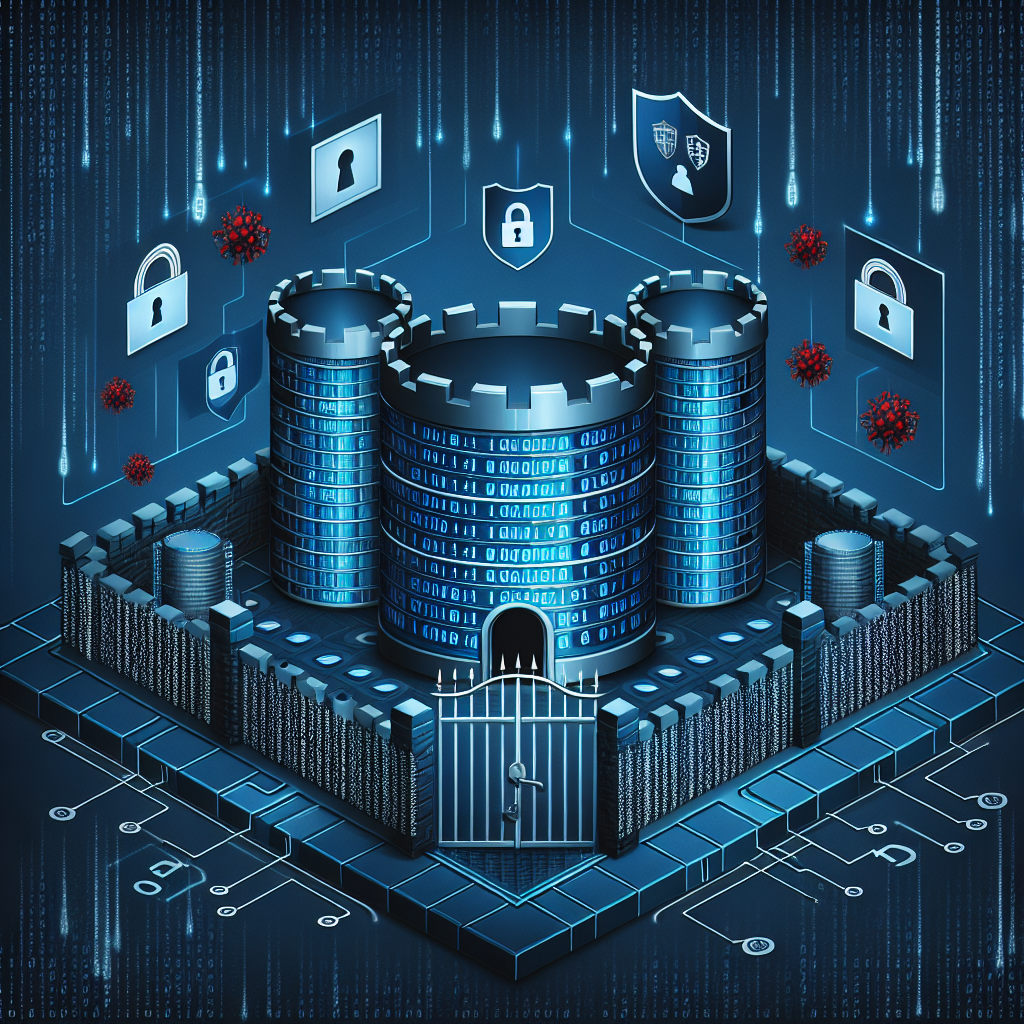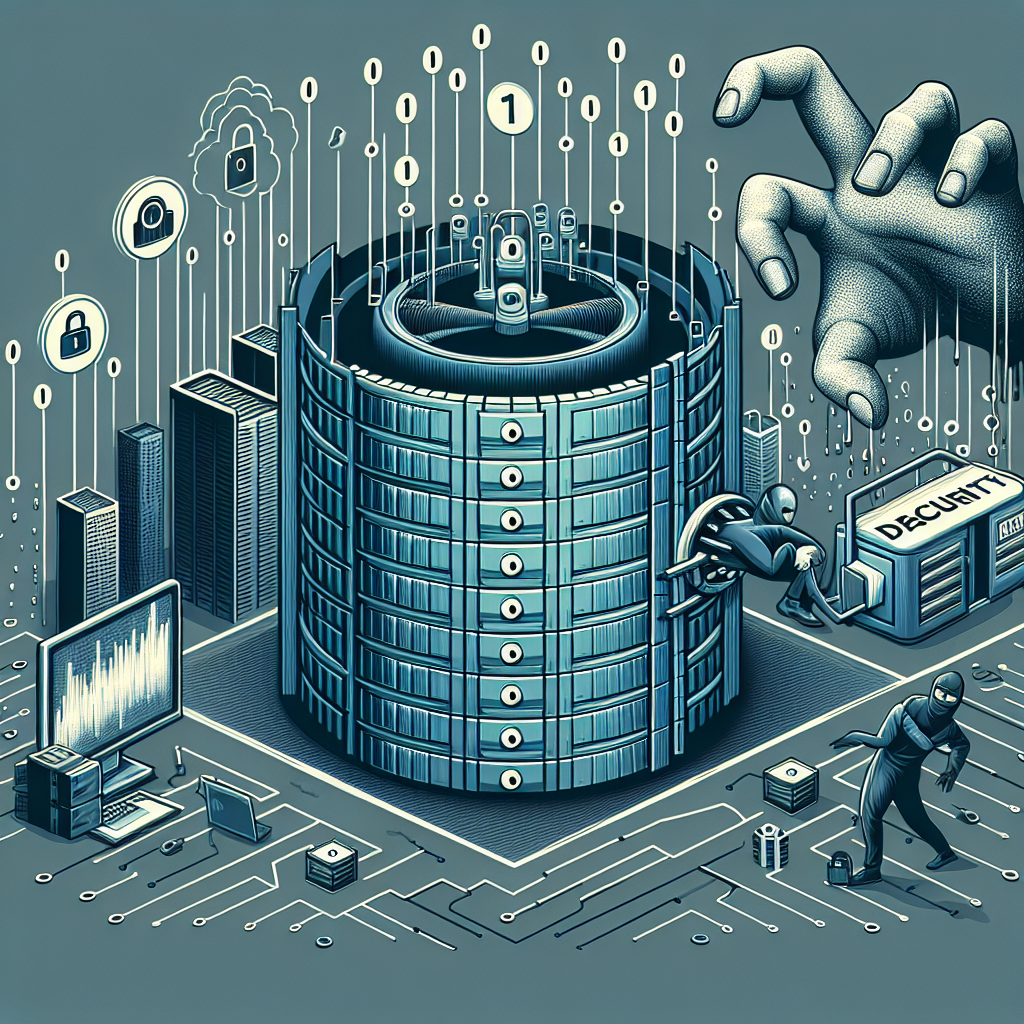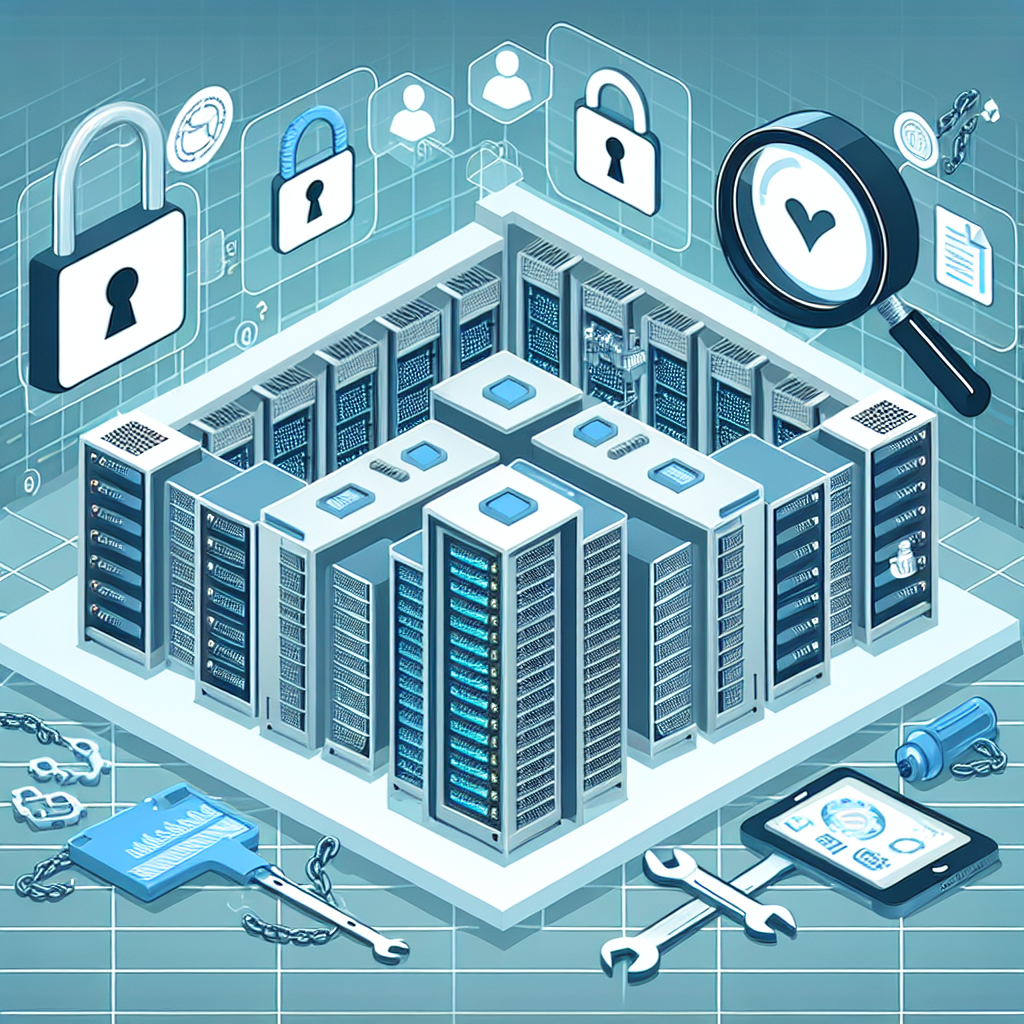Data breaches have become an increasingly common occurrence in today’s digital world, with hackers constantly on the lookout for vulnerabilities in businesses’ cybersecurity systems. These breaches can have a significant impact on both businesses and consumers, leading to financial losses, reputational damage, and potential identity theft.
For businesses, the consequences of a data breach can be severe. In addition to the financial costs associated with investigating and remedying the breach, companies may also face fines and legal action for failing to protect customer data. The loss of customer trust and damage to the brand’s reputation can result in a long-term decline in sales and customer loyalty. Additionally, businesses may also have to invest in enhanced cybersecurity measures to prevent future breaches, further increasing their expenses.
For consumers, the impact of a data breach can be equally devastating. Personal information such as credit card numbers, social security numbers, and addresses can be stolen and used for fraudulent purposes, leading to financial losses and potential identity theft. Consumers may also face inconvenience and frustration in having to cancel credit cards, change passwords, and monitor their accounts for suspicious activity.
Moreover, data breaches can also have a widespread impact on the economy as a whole. According to a study by the Ponemon Institute, the average cost of a data breach for a business in 2020 was $3.86 million. This significant financial burden can lead to job losses, reduced consumer spending, and a decline in overall economic growth.
In order to mitigate the impact of data breaches, businesses must prioritize cybersecurity measures and invest in robust security systems to protect customer data. This includes encrypting sensitive information, regularly updating software, and training employees on best practices for data protection. Additionally, businesses should have a response plan in place in the event of a breach, including notifying affected customers and regulators in a timely manner.
Consumers can also take steps to protect themselves from the consequences of data breaches. This includes regularly monitoring their accounts for suspicious activity, using strong and unique passwords for online accounts, and being cautious about sharing personal information online.
In conclusion, the impact of data breaches on businesses and consumers can be significant, leading to financial losses, reputational damage, and potential identity theft. It is crucial for businesses to prioritize cybersecurity measures and for consumers to take proactive steps to protect their personal information in order to prevent and mitigate the impact of data breaches.










